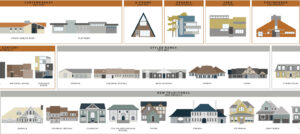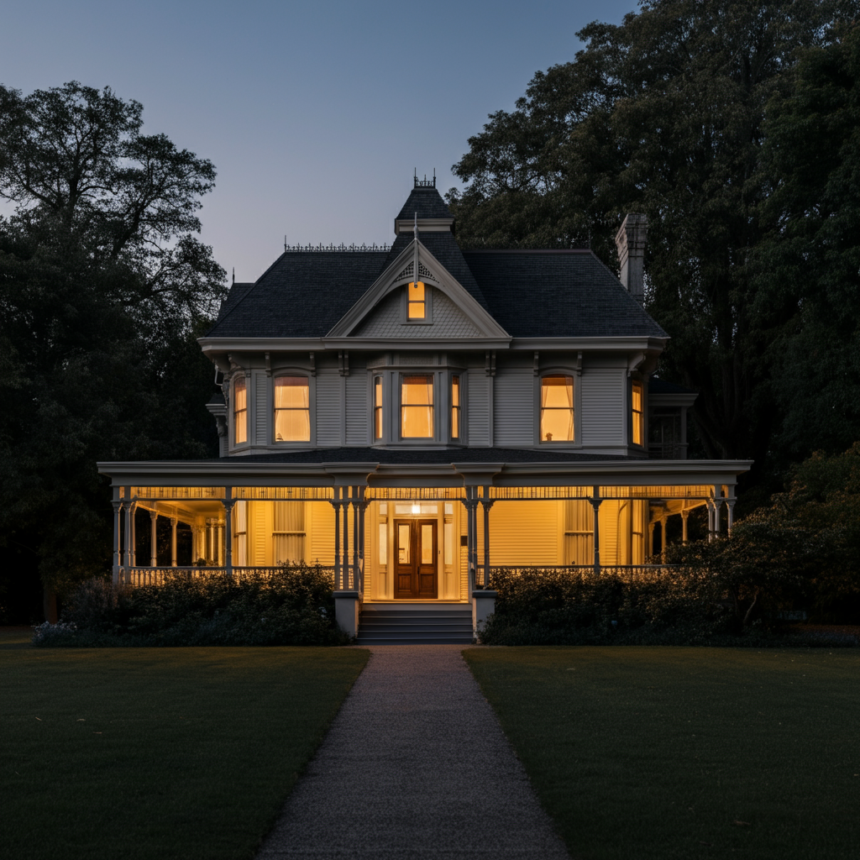Introduction of Main House
The concept of the main house is steeped in tradition and continues to play a vital role in how homes are designed and lived in today. Whether it’s a family estate, a farmhouse, or the principal structure on a larger property, the main house is central to the way we live, connect, and organize our lives.
But what exactly defines a “main-house”? How has its purpose and design shifted over time? And what makes it so enduringly significant? This blog explores the historical evolution of the main-house, its defining characteristics, and its importance in both traditional and modern societies. By the end, you’ll gain insights into how this timeless concept is adapting to contemporary lifestyles today.
A Brief History of the Main House
Historically, the main-house served as the centerpiece of estates and properties. Originating in feudal times, these structures housed the property owner, their family, and occasionally key staff members. From large manor houses in England to plantation homes in the southern United States, these spaces embodied wealth, status, and governance.
During the 18th and 19th centuries, the main-house began to represent more than just power—it showcased architectural innovation, cultural influence, and family legacy. The main house was not just a residential building; it symbolized stability and permanence within a community.
Key Features of a Main House
What sets a main-house apart from regular homes? Here are some defining characteristics:
- Size and Scale
The main house is almost always the largest structure on a property. Its scale signifies its importance and central role.
- Location on the Property
Typically situated in a prominent position, the main-house often oversees other auxiliary structures, such as guest houses, barns, or cottages.
- Architectural Distinction
Main houses often boast unique architectural details, including grand façades, elaborate entrances, and distinct stylistic choices that set them apart from outbuildings.
- Functionality
These houses are designed to cater to a variety of needs, including living spaces, gathering areas, and sometimes formal entertainment rooms or offices.
Architectural Styles of Main Houses

The design of a main house varies based on geographical region, era, and cultural influences. Here are some iconic architectural styles:
1. Colonial-Style Homes
Known for their symmetrical design and central front door, colonial-style main-houses were popular in early American settlements.
2. French Chateaux
These grand structures feature ornate detailing, high-peaked roofs, and an opulent aesthetic—a hallmark of European nobility.
3. Southern Plantation Homes
Defined by their large wraparound porches, tall white pillars, and sprawling lawns, these homes remain a significant part of American architectural history.
4. Modernist Designs
Minimalist, sleek, and focused on functionality, contemporary main-houses incorporate eco-friendly materials and open-floor concepts.
The Modern Main House
Today, the concept of the main house extends beyond grand estates or large properties. Homes in modern suburbs, urban areas, and even tiny house communities adapt the essence of the main house by emphasizing comfort, community, and centrality. Modern homeowners prioritize versatility, accessibility, and sustainable designs, yet the main house remains integral to these goals.
- Eco-Friendly Design
Modern main-houses often include solar panels, energy-efficient appliances, and sustainable materials, redefining what it means to build a lasting, impactful home.
- Shared Spaces
Many main houses today are designed to encourage shared experiences, with large kitchen islands, cozy lounges, and open-plan living areas.
Things to Consider When Choosing or Designing a Main House
If you’re building or purchasing a main-house, there are several factors to weigh:
- Location
Is the home positioned to take advantage of views, natural light, or accessibility to roads and utilities?
- Family Needs
Do you need private spaces for individual family members, or would open living areas work better for your lifestyle?
- Aesthetic and Function
Will the architectural style meet both your functional needs and align with your personal taste or tradition?
- Budget and Sustainability
How can you get the most value while staying within budget? Can you incorporate green building methods?
Notable Main Houses Around the World
Countless iconic main-houses have gained renown for their design, history, and cultural significance. A few noteworthy examples include:
- The White House (USA)
A symbol of leadership and governance, the White House is the primary residence of the U.S. president—arguably the most famous main-house in the world.
- Versailles (France)
Built under King Louis XIV, the Palace of Versailles is a breathtaking main-house that defines opulence.
- Monticello (USA)
The historic home of Thomas Jefferson perfectly exemplifies the balance of form and function.
- Chatsworth House (England)
This sprawling English estate is known for its rich history and stunning architecture.
Fostering Community Through the Main House
One of the main-house’s most enduring roles is as a hub for connection. Historically, these homes hosted formal events, community meetings, and family gatherings. Modern main-houses continue to serve as social anchors, fostering a sense of togetherness through open designs and shared amenities like kitchens and gardens. Homes today remain vital spaces for creating memories and building relationships.
Why the main-House Endures
From its origins as a symbol of power to its reinvention as an inclusive and functional living space, the main-house showcases humanity’s capacity to adapt and innovate. While design trends and uses evolve, the essence of the main house as a central, meaningful space remains untouched.
Whether you’re purchasing property, designing your dream home, or simply appreciating the architectural beauty around the world, the concept of the main-house will always be a source of intrigue and inspiration.
FAQs
What is the definition of a main house?
A main house is the principal structure on a property, often larger and architecturally distinct, serving as the primary residence of its occupants.
What makes a house a main-house?
Its size, central location, and connection to supplementary buildings or features, such as guest houses or gardens, typically define a main-house.
Can a main house be eco-friendly?
Absolutely! Modern main-houses often incorporate green building practices like using sustainable materials, optimizing energy efficiency, and installing solar panels.
How does a main house foster community?
Main houses often serve as social hubs, with shared spaces designed to bring households or communities together.
How do I choose the best architectural style for a main house?
Consider factors like local climate, personal preferences, and the functional needs of your household when selecting an architectural style.





